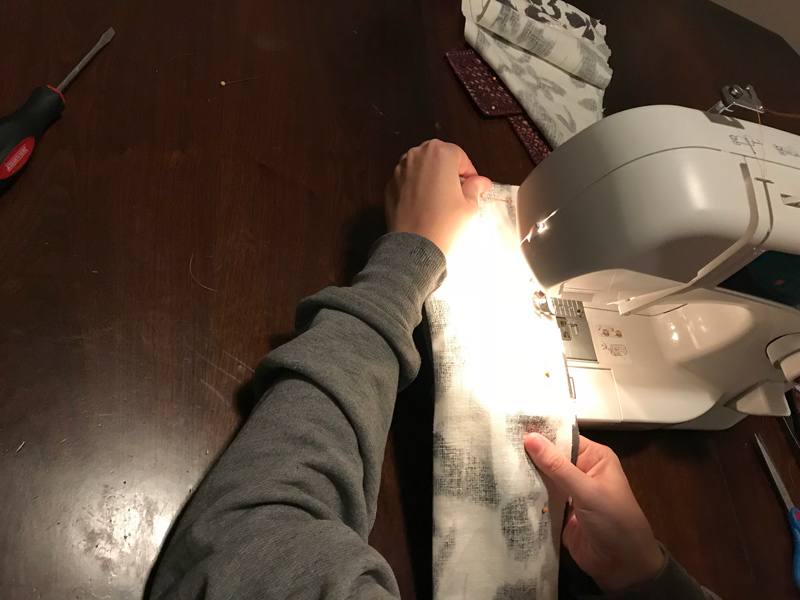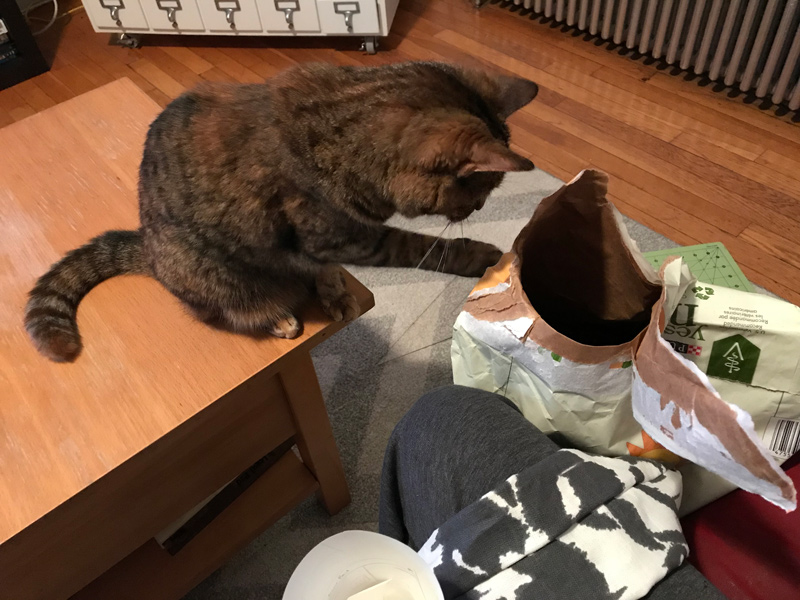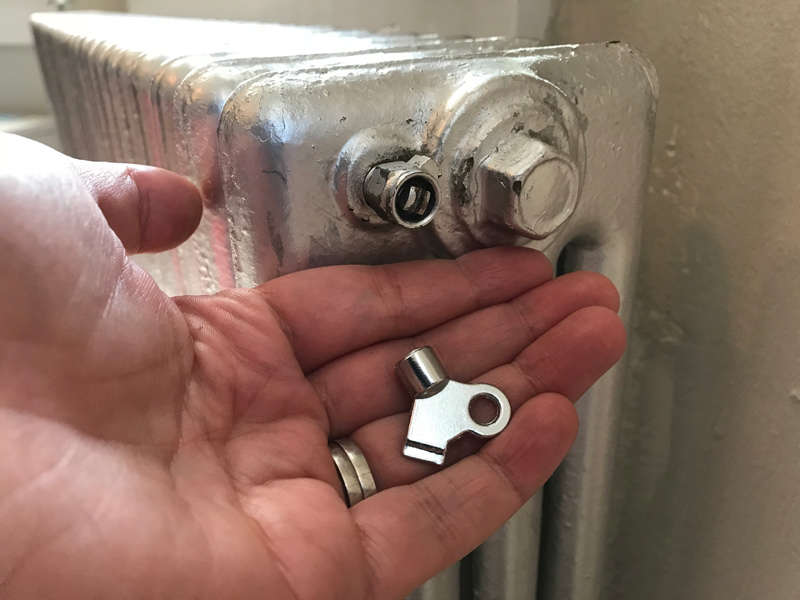Winter in New England can be magical: crisp days full of fresh snowfall, and nights spent cuddled under a cozy blanket. I love it all. (Well, I love it for at least the first few months. Ask me again in March.) Something that’s not so awesome about New England winters, however, is paying your heating bill. Living in a drafty old apartment can be especially frustrating, because you’re spending money to heat up air for it to just escape outside. In this month’s This Queer House, I’ll show you how to get your home ready for winter by keeping the warm air in and the cold air out with a DIY draft stopper, as well as a few other helpful tips.
What you’ll need:
- Fabric – One yard of fabric will be more than enough to make a draft stopper. Depending on the size of your door or window, you can probably get about three stoppers out of one yard of fabric.
- Sewing machine/supplies – I guess if you don’t have a sewing machine you could try to hand sew the entire thing, but I wouldn’t recommend it.
- Needle and thread – You will definitely need to hand sew a small opening to finish the stopper.
- Measuring tape/marker/scissors
- Recycled newspaper cat litter – I used a brand called “Yesterday’s News” because that’s what Martha Stewart told me to do and I always listen to Martha.
What to do:
1. Measure your doorway or window. The most common door width is 32″, and that’s what all my doors are, but you should measure to check yours.
2. Cut your fabric. You need a rectangle of fabric that’s the width of your door/window + 1″ on either side by a length of 9 ¼”. So if your door is 32″, cut a piece of fabric that’s 34″ x 9 ¼”.

3. Sew the edges. Fold the fabric in half lengthwise (with the less pretty side of the fabric facing out) and sew it around the edge. Make sure to leave a small gap (2-3″) on the long side so you can turn the whole thing right-side in and fill it up. I haven’t used a sewing machine since I made a kangaroo costume in 6th grade, so my wife helped me out with this step.

4. Fill it up. I made a quick funnel out of paper and tape to make this process a little easier. You want to fill the draft stopper up, but don’t overfill it so much that it’s totally stiff.

5. Hand sew the opening. I’m not the best seamstress, but you don’t have to use a pretty stitch – just get the job done.
6. Stop those drafts! Use a draft stopper anywhere you notice cold air leaking under a closed door or window.

More winterizing tips
Other ways to seal drafts – The most simple way to keep warm air in your home is to keep your blinds or curtains closed – especially if they aren’t on windows that get direct sunlight. You can also check for drafts around the edges or your windows and seal any gaps you find with exterior caulk. (See here for more info on caulk, and also I hope you’re better at using it than me.)
You can also seal your windows with an insulation kit, which essentially means you cover them in plastic wrap. Unfortunately, my cat weirdly loves to chew on plastic, so this doesn’t always go well or last very long in my house. One thing I really do like about the window insulation kits I have bought is the Frost King logo.

Check your heating – Make sure the heat is actually working well. If you have a hot water radiator, check that the entire thing is giving off the same amount of heat. If one side is getting hot, but one side is staying cool, you might have to bleed your radiator. You can do this by taking a radiator key (or just a flathead screwdriver, depending on the valve) and slowly turning it counterclockwise. You’ll hear a rushing sound, which is good – you want to release the trapped air. Once water starts to drip out, you can close the valve. Your radiator should work fine after that.

I hope these tips help keep you warm in the coming months. As always, please share any other techniques you may have picked up over the years in the comments.
Please let me know if you have any DIY related questions or projects that you would like me to answer or address in next month’s column. You can leave those in the comments here or hit me up on twitter (@jennalykes) or email (jenna@autostraddle.com).







